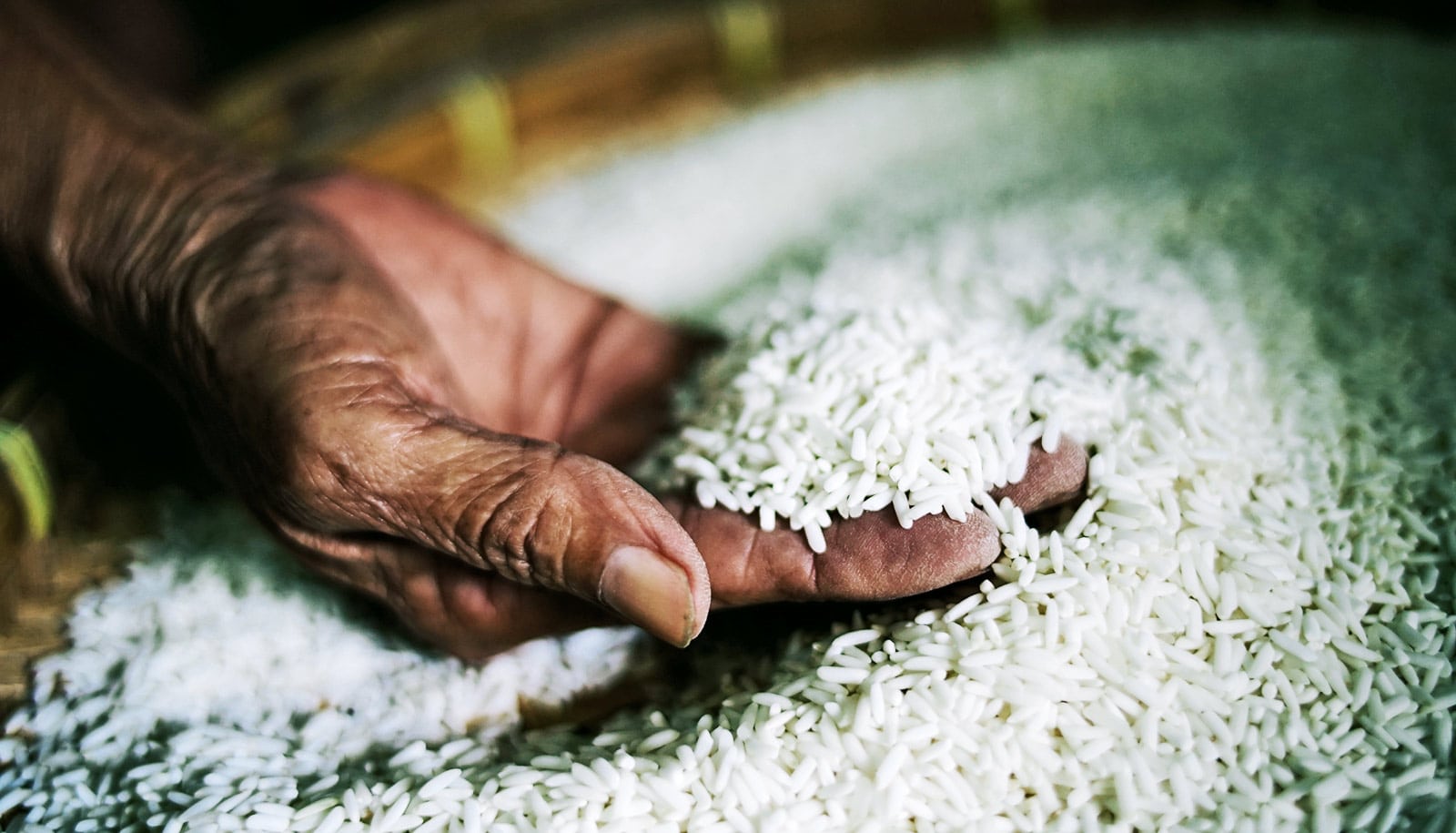A large-scale genomic analysis of Setaria, foxtail millet, advances understanding of the its domestication and evolution, as well as the genetic basis for key agricultural traits.
“Foxtail millet is considered to be the foundation for early Chinese civilization,” says Michael Purugganan, professor of biology at New York University and NYU Abu Dhabi, and the study’s co-senior author. “Moreover, because it is a crop that can grow across a wide range of environments—including arid lands—it has the potential to be important for food security under climate change.”
Foxtail millet is one of the oldest domesticated grain crops in the world and humans have been growing it for roughly 11,000 years. It held a dominant position in Chinese agriculture before the introduction of high-input agricultural practices like irrigation and chemical fertilizers.
The protein-rich grain—which employs C4 photosynthesis, a highly efficient form of photosynthesis that helps it adapt to different environments—is resilient to drought and able to thrive in low-nutrient soils.
“C4 plants constitute only about 3% of flowering plant species, but they surprisingly contribute to approximately 25-30% of global biomass production. The complexity of the genomes of most C4 species has posed challenges for fundamental studies and breeding, but Setaria serves as an ideal model system for studying C4 photosynthetic plants in genomics and genetics research,” says Xianmin Diao, a professor in the Institute of Crop Sciences at the Chinese Academy of Agricultural Sciences, the study’s co-senior author, and the scientist who organized the study.
In their study in the journal Nature Genetics, the researchers established the Setaria pan-genome—the entire set of the species’ genes—by assembling 110 representative genomes from a worldwide collection of 1,844 Setaria species. They performed large-scale genetic studies for 68 traits across 22 environments in 13 geographical locations, each with distinct climactic conditions, identifying potential genes and marker-panels for how foxtail millet has evolved and improved at different geographic sites. For instance, the researchers found that the gene SiGW3 regulates grain yield of foxtail millet.
They also constructed the first graph-based genome sequence of Setaria, offering insights into genomic variation across wild and cultivated Setaria. This deeper understanding of the comprehensive genomic variation equips researchers with valuable genetic tools to pursue biological research and breeding efforts.
“This paper is a significant milestone, as it paves the way for the next generation of comparative genomics studies that can help to decipher the molecular mechanism of C4 photosynthesis. The large-scale comparative genomics, genome-wide association study, and genomic selection studies of Setaria not only provide opportunities for gene discovery and breeding advancements in foxtail millet itself, but also offer insights for other crops to enhance global food security,” adds Diao.
“Understanding the genetic basis underlying the domestication and improvement of foxtail millet, along with these important agricultural characteristics, holds significant potential for its enhancement. With our graph-based genome, we can estimate grain quality-related traits and potential yield, providing avenues for foxtail millet breeding for climate change adaptation,” says Qiang He, a postdoctoral researcher in the Institute of Crop Sciences at the Chinese Academy of Agricultural Sciences and the study’s first author.
Purugganan’s research had support from the National Science Foundation Plant Genome Research Program, the Zegar Family Foundation, and the NYU Abu Dhabi Research Institute.
Source: NYU



